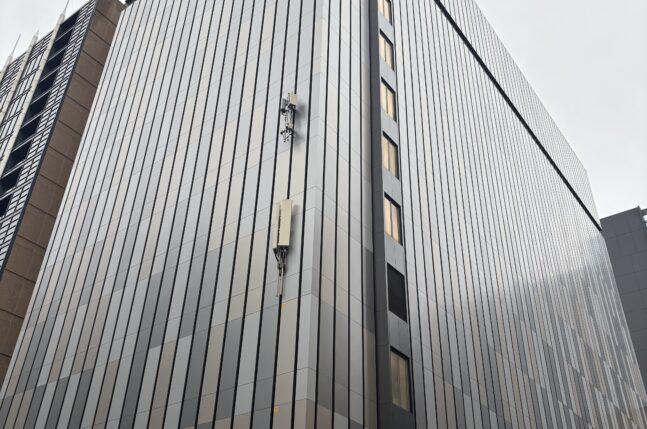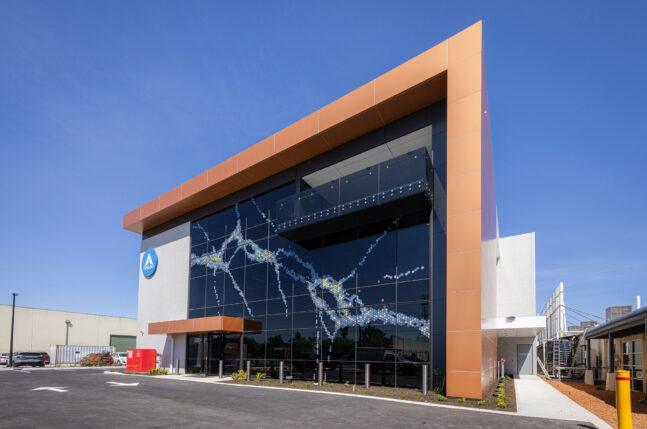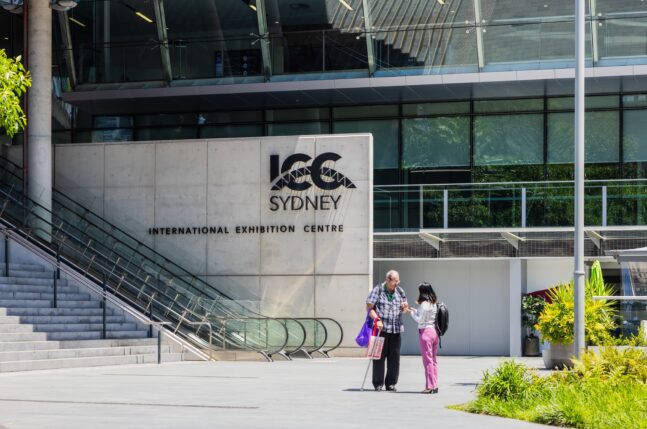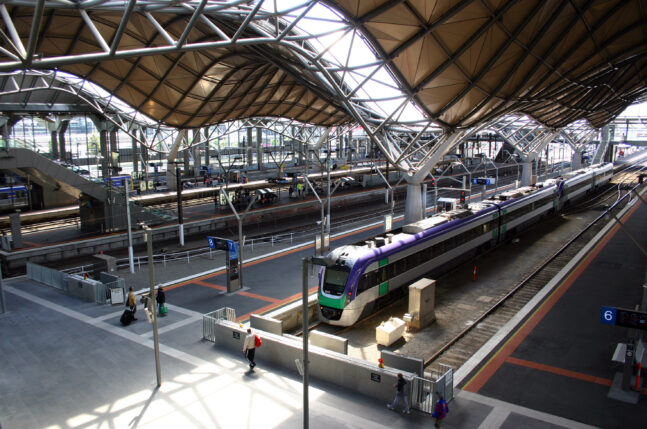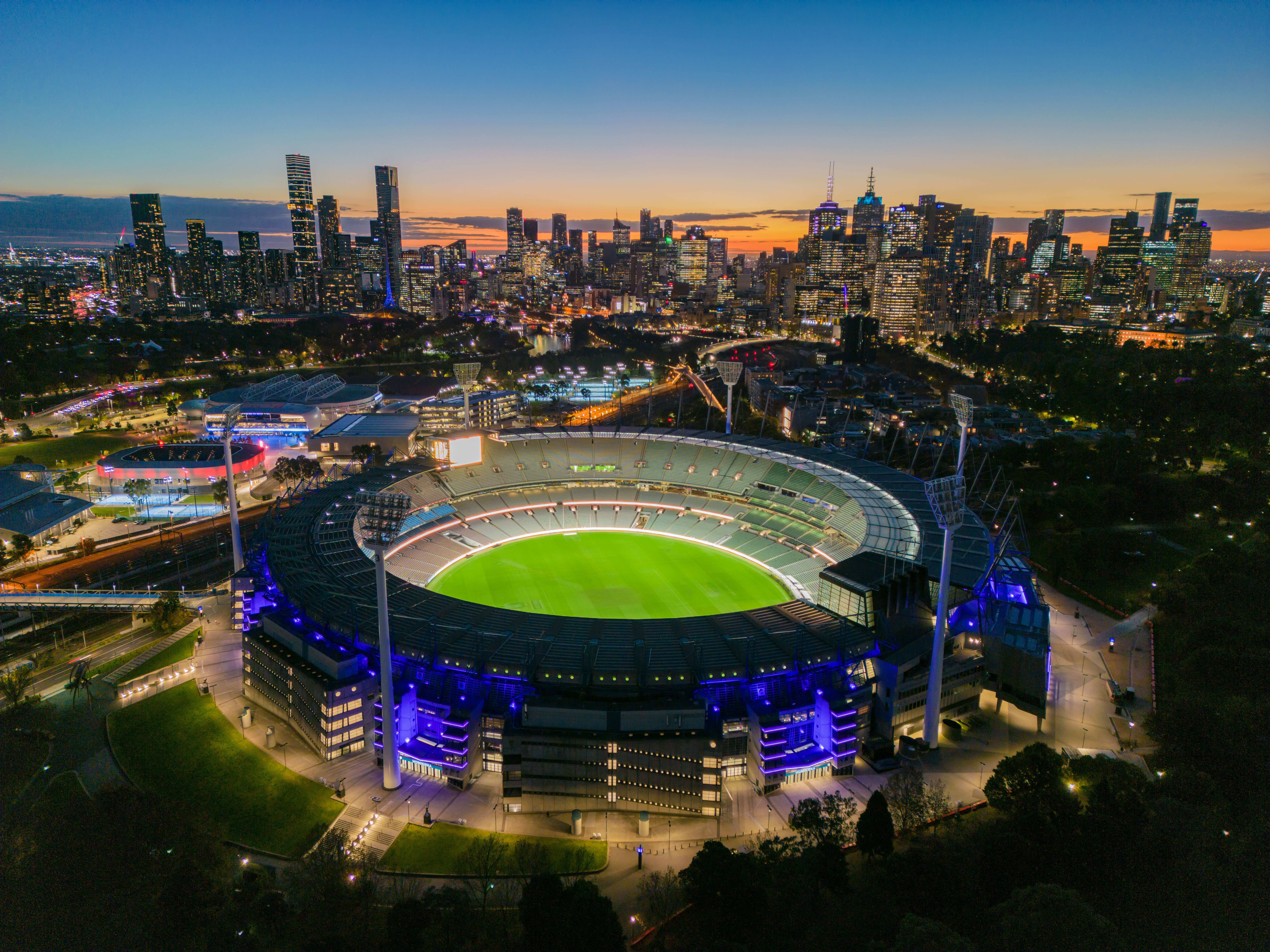Project
Maintenance and Reactive works through-out the total precinct
Key Challenges
- Project and Maintenance work
coinciding during active sporting and
venue events, whereby the MCG can go
from 0 attendance to 100,000 in hours - Management of FMCG equipment during
peak and trough events - HACCP compliance (food quality) temp logging, temp monitoring, control, alarming, response to failure
Outcomes
Clean Air initiatives
Energy Savings innovation
Technological advancements through Analytics (AI) strategies
The Client
The Melbourne Cricket Ground (MCG) is arguable Australia’s greatest sports stadium with a rich history. The MCG is situated in the world-famous Melbourne Sports Precinct, hosting some of the both the Worlds and Australia’s biggest sporting events.
The MCG was built way back in 1853 when the then 15-year-old Melbourne Cricket Club was forced by the government to move from its former site because the route of Australia’s first steam train was to pass through the oval. Since that time, the MCG has seen many major redevelopments with the latest completed in February 2006. The new Northern Grandstand is the 14th stand to be erected at the ground and replaced the existing Ponsford, Members and Olympic Grandstands. With a total capacity of approximately 55,000, it offers some of the finest facilities and viewing of any stadium in the country.
What we achieved with our customer
For over two decades our team has retained a long standing partnership with the MCG team, through driving seamless service within the iconic venue, offering innovation through Mechanical, energy and refrigeration solutions and ensuring all key and core assets are running at their optimal performance standards.
MCG were engaged to review overall systems through the lens of a performance and quality perspective. Utilising both our Engineering and Operational teams, we proposed a both a UVC filtration systems, which were added to Cool Room Refrigeration systems and several main AHU’s. Our solution resulted in delivering a range of performance improvements such as;
- Reduced system pressure (by > 19%)
- Increased air flow (by almost 8%)
- A cooling capacity gain of over 13 kWr
- And achieved a 90-99% reduction in microbial sampling, improving air quality through the venue
The overall performance of the system post initiative, was in turn measured, with a resulting outcome, which returned the assets to their original commissioning state.
Through the utilisation of predictive maintenance and data driven analytics we were able to achieve a 12% energy consumption reductions. During further analysis on the commercial refrigeration equipment at the MCG, the team identified potential equipment failures and actioned remedial works, which delivered over 20% energy savings, through the replacement of refrigeration controllers with more efficient controllers.
Through proactive sustainability objectives we partnered with MCG to investigation ways to reduce Ozone-depleting refrigerant, with the removal of R22 Refrigerant. Critical to this success was the strategic plan, which didn’t simply remove R22, the replacement program occurred alongside the replacement of evaporators with electronic expansion valves.

